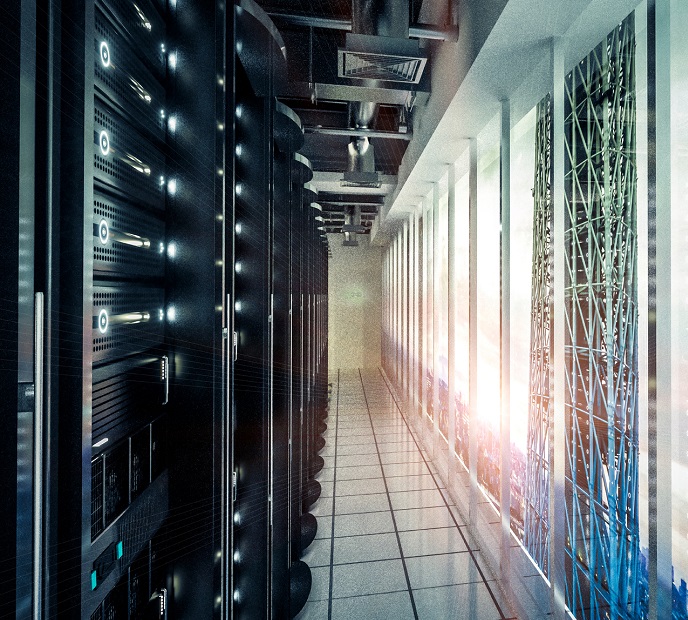Wind analytics becomes key tool in COVID-19 battle
Lockdowns are putting pressure on wind power analytics to improve performance and logistics, highlighting data gaps, experts said.

Related Articles
COVID-19 lockdowns and supply chain disruptions have put unexpected pressure on newly-implemented wind power analytics and remote technologies.
Prior to the outbreak, a growing number of operators were installing predictive maintenance solutions to reduce downtime and labor costs.
Turbine suppliers have invested heavily in analytics solutions to improve competitiveness in the growing Operations and Maintenance (O&M) market.
Siemens Gamesa is currently implementing a new global digital infrastructure platform. The platform will improve data collection and predictive maintenance capability, and boost spare parts efficiency, the company told New Energy Update in January.
Travel restrictions are now testing these analytics solutions to the full and prompting some firms to fast-track modifications.
Damage limitation
Larger wind operators have been the biggest deployers as they seek to use the scaling benefits of analytics to boost growth plans. Facing intense market competition, utilities have been building analytics capabilities and bringing O&M activities in-house to gain a competitive edge.
Under current lockdowns, operators are prioritising reactive maintenance over predictive maintenance to manage labour resources. Analytics allows operators to prioritize key maintenance tasks and flag critical maintenance needs.
“Well developed monitoring systems and data analytics allow companies to monitor and pre-emptively shutdown ‘at risk’ turbines to prevent major failure to capital components,” Daniel Liu, principal analyst at Wood Mackenzie Power & Renewables, told New Energy Update.
The failure of major components such as gearboxes, often due to bearing issues, can incur large costs and long maintenance procedures. Analytics can also optimize spare parts deployment and help operators adapt to longer delivery times under COVID 19 restrictions, Liu noted.
Analytics can also improve enterprise resource management (ERM).
"Administration tasks have increased so an effective analytics platform can tie into [enterprise resource planning] to better manage technician dispatch and supply chain management,” Liu said.
Data drive
Amid the lockdowns, operators are making greater use of central SCADA (Supervisory control and data acquisition) systems to analyse the performance of their turbines, Alberto Cena, Technical Advisor at the Spanish Wind Energy Association (AEE), told New Energy Update.
The COVID-19 crisis has highlighted gaps in datasets and analytics capabilities, Cena said. Gaps might include historic asset information or data on similar assets under similar conditions.
“Another area of growing interest is to integrate the data from condition monitoring systems (CMS) with SCADA information," Cena said.
Many companies have been hiring external specialists to increase the frequency of data collection and improve performance indicators, he said.
New gadgets
Across the business world, worker restrictions are severely testing remote technology solutions.
GE Renewable Energy has used its analytics capabilities to accelerate the use of global remote collaboration tools, the company told New Energy Update.
GE is using its analytics technology to provide a "real time view of the status and health of our fleets" and to "remotely direct, execute and debrief work activity," it said.
Improvements to key performance indicators should also enable more accurate remote monitoring of asset performance. A shift away from time availability to energy availability indicators is helping operators optimize maintenance resources and maximize revenues.
In some cases, operators are using augmented reality to steer on-site work, or drones.
Combined with advanced imaging technology, drones can pinpoint faults and support accelerated data analysis through centralized systems.
Winners and losers
As countries battle to control the COVID-19 outbreak, wind operators could face waves of lockdowns or self-distancing measures in the coming years.
Companies that have not invested in data analytics and remote technology could be left behind.
Facing the current day-to-day challenges, many companies will not have the capacity to implement these technologies, Liu said.
“Deployment of data analytics and remote monitoring technology does take a lot of resources and time, so it is doubtful that small to medium players without said technology will implement it now,” he said.
Until now, analytics has been deployed to improve operational efficiency and prepare for rapid renewable energy growth, Lui said.
After COVID-19, increasing the resilience of fleets to global lockdowns could become a higher priority, he said.
Reporting by Neil Ford
Editing by Robin Sayles
